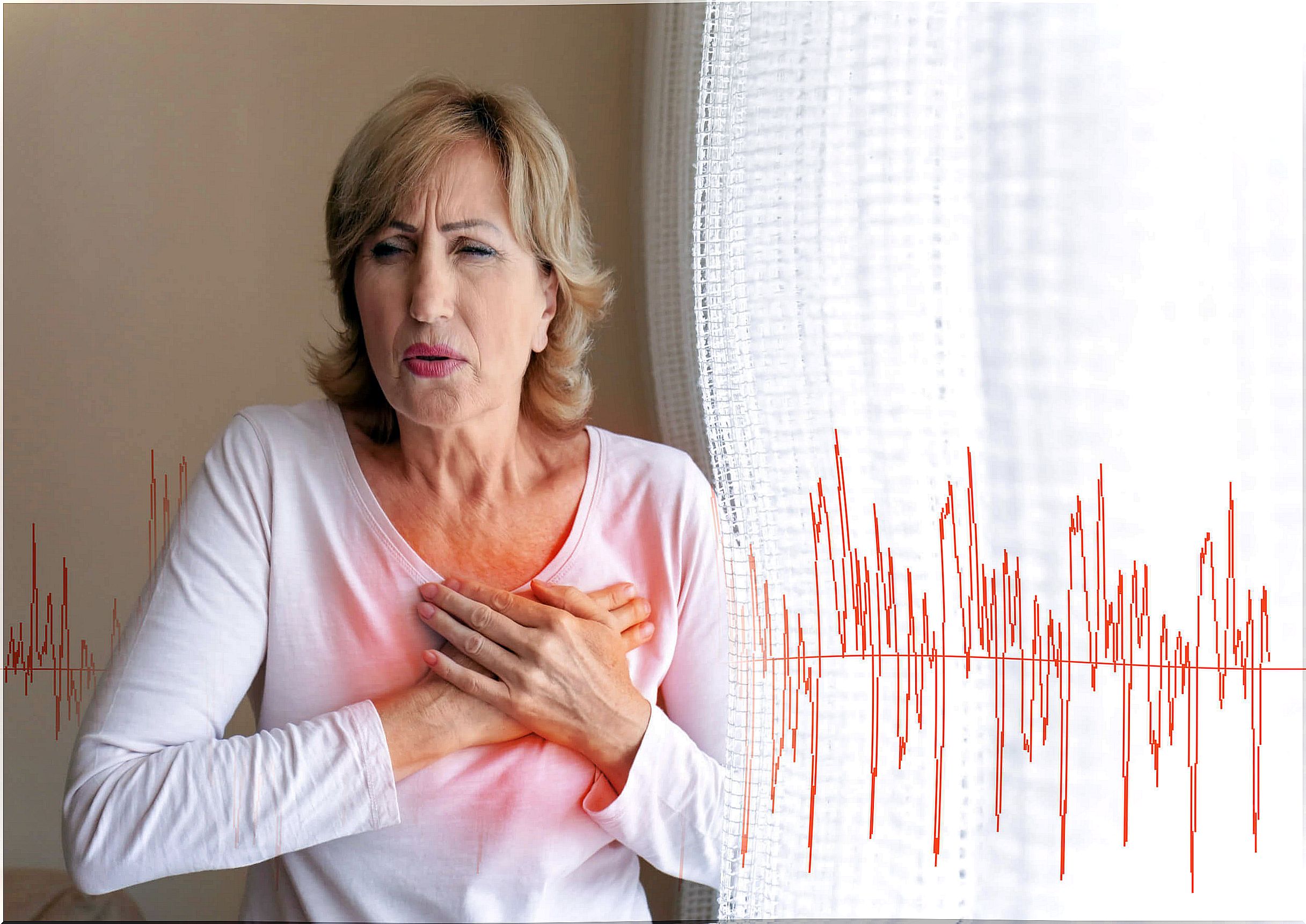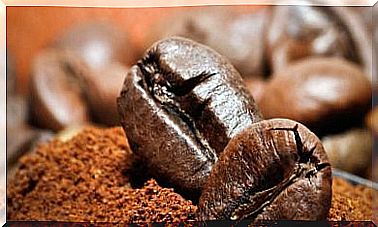Cilostazol: What Is It For?
Cilostazol is a drug used for its antiplatelet and vasodilator properties. Therefore, it is indicated in the treatment of intermittent claudication. Therefore, it is a vasodilator that relaxes the walls of blood vessels to facilitate their dilation.
In turn, it improves circulation because it does not allow platelets, which are blood cells, to clump together, forming a clot that acts as a stopper for blood circulation.
It is marketed as 100 milligram tablets and the recommended dose is one tablet every 12 hours. However, it is contraindicated in people who have congestive heart failure.
What is intermittent claudication?

Intermittent claudication is one of the symptoms of peripheral artery disease, which is caused by blockage of the arteries that supply the legs. It manifests in the form of pain in the lower extremities because the blood flow is very low. It usually appears, especially during physical exercise.
It is important to know that the term intermittent refers to pain manifesting in the lower extremities. However, there is also the term claudication that affects the arms. Therefore, the main characteristic of this condition is the pain that occurs when traveling a certain distance.
At first, you may notice only pain when you are doing sports. But when this pathology worsens, you can begin to feel it even at rest. Although intermittent claudication is sometimes considered a pathology, as stated above, it is more of a symptom of peripheral arterial disease.
Today, fortunately, there is already a treatment -such as cilostazol- that allows the patient to improve their quality of life and allows them to lead an active life without suffering pain.
Symptoms
Some of the most commonly described symptoms of intermittent claudication include the following:
- Intermittent pain : it appears and disappears as the patient does activities of daily life.
- Pain during physical exercise : it usually appears more in the feet, thighs, hips and buttocks. However, you should not forget that the arms can also be affected, although this situation is less common.
- Skin problems : spots or ulcers may appear on the skin. Fingers and toes can turn bluish in color.
- Pain when resting : this symptom is characteristic of advanced disease. It does not usually appear at the beginning.
Mechanism of action: how does cilostazol have an effect on the body?
Cilostazol owes its effects to its ability to inhibit an enzyme known as phosphodiesterase 3.
Phosphodiesterase 3 is significantly involved in the regulation of cardiac muscle, vascular smooth muscle, and platelet aggregation. Therefore, by being inhibited by the action of cilostazol, the symptoms related to these processes improve considerably.
On the other hand, it should be mentioned that this drug also has another mechanism of action that is quite different from the one described above. However, so far it has only been used for its vasodilator action.
Different clinical trials have been developed that have shown that patients who have been treated with cilostazol and who suffered from the symptoms of intermittent claudication are able to travel greater distances without presenting pain.
Adverse reactions of cilostazol

Among the most frequent mild side effects we can mention the following:
- Tachycardia.
- Palpitations
- Headache or headache.
- Diarrhea and an upset stomach.
Apart from these, there are other adverse reactions that can develop with treatment with cilostazol. If you suffer from any of them, you should notify your doctor:
- Urine with blood.
- Shortness of breath when breathing.
- Feeling of light-headedness.
- Fever, chills, and other flu symptoms.
Furthermore, cilostazol is a contraindicated drug in patients with congestive heart failure. However, these adverse reactions are not all that can trigger a treatment with this medicine.
How to avoid adverse reactions?
In summary, cilostazol is a drug that inhibits phosphodiesterase 3, an enzyme that intervenes in different processes of the circulatory system. Due to this, cilostazol has vasodilator and antiplatelet effects useful for the treatment of intermittent claudication.
This is a drug that, like other drugs on the market, has a series of adverse effects. For this reason, it must always be taken following the doctor’s instructions within the framework of a healthy lifestyle.
If it has been prescribed for you, ask your doctor for any questions you may have about the use of this drug and always follow the instructions they offer you. This way you will avoid adverse reactions.








